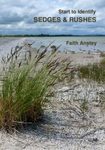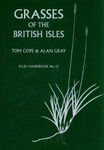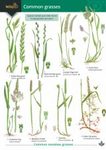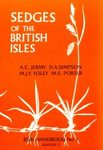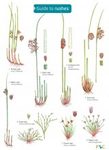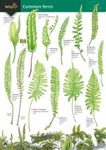World / Checklist Flora / Fauna Identification Key
By: James Stubbendieck(Author), Stephan L Hatch(Author), Cheryl D Dunn(Author)
722 pages, 6 colour photos, 457 b/w illustrations, 428 distribution maps
![Grasses of the Great Plains Grasses of the Great Plains]()
Click to have a closer look
About this book
Customer reviews
Biography
Related titles
About this book
A vast swath of prairie situated between the Missouri River and the Rocky Mountains, the North American Great Plains extend across ten states in the United States and three provinces in Canada. The dominant vegetation is grass – both the native species that have long thrived here and the cultivated crops such as corn, wheat, and sorghum that are the result of human agricultural activity.
This comprehensive guide, written by three grass specialists, is an invaluable tool for identification of the approximately 450 species of grasses that occur on the Great Plains. In each description, the authors cover distribution, habitat, forage value, and toxicity and include a detailed black-and-white illustration of the grass as well as a range map.
Intended as a reference for landowners, rangeland specialists, students, state and federal agency professionals, and nongovernment conservation organizations, Grasses of the Great Plains will serve a wide audience of users involved in and dedicated to grassland management.
Customer Reviews
Biography
James Stubbendieck is emeritus professor of grassland ecology and emeritus director, Center for Great Plains Studies in the Department of Agronomy and Horticulture at the University of Nebraska-Lincoln.
Stephan L. Hatch is professor of plant taxonomy in the Department of Ecosystem Science and Management at Texas A&M University, where he is also director of the S. M. Tracy Herbarium.
Cheryl D. Dunn is research manager and herbarium curator for the Department of Agronomy and Horticulture at the University of Nebraska-Lincoln, where she teaches courses on wildland plants and plant identification.
World / Checklist Flora / Fauna Identification Key
By: James Stubbendieck(Author), Stephan L Hatch(Author), Cheryl D Dunn(Author)
722 pages, 6 colour photos, 457 b/w illustrations, 428 distribution maps

















![Start to Identify Grasses [enlarged edition]](http://mediacdn.nhbs.com/jackets/jackets_resizer_medium/24/249274.jpg?height=150&width=112)
